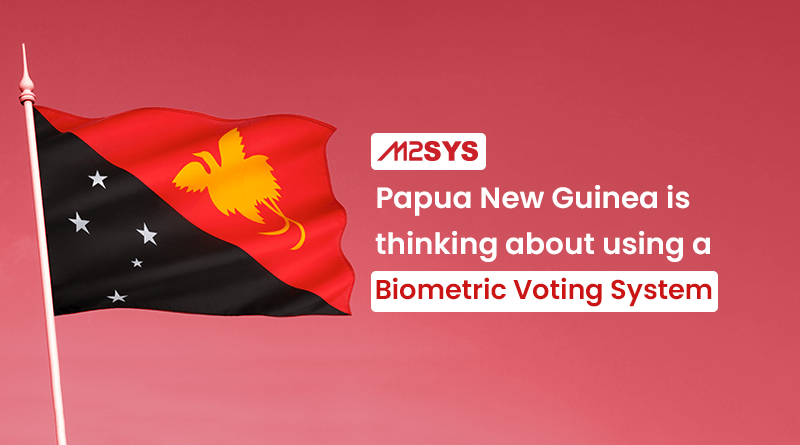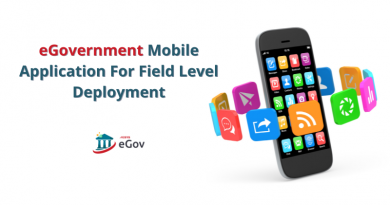Papua New Guinea is thinking about using a Biometric Voting System.
The Prime Minister of the nation, James Marape, responded to opposition concerns about the biometric system by saying that it will be simpler. This was after the completion of a census the next year and the announcement that a biometric system would be in place.
A population census will be taken in 2023 to find out detailed information about people in the nation. This helps with the voting system, which is being improved so that by 2027 there will be an accurate and secure system.
In the meantime, the Prime Minister has said that the biometric voting system is now simply a suggestion and not an immediate requirement. It’s expected to go through the appropriate channels for parliamentary ratification the next year.
The administration is intending to conduct a thorough investigation of the events that took place in this election year and prior election years going back to the election in 2007. They want to make a decision that is prepared, well-planned and based on factual information about the elections that will take place in 2027 and beyond.
It was verified by the head of state that the planned biometric system will function via the National Identification (NID) system of Papua New Guinea.
What exactly is meant by the term “Biometric Voter Registration”?
To combat voter fraud, a significant number of nations have used biometric identification methods like fingerprint and face recognition technology. To register to vote, citizens typically go through three stages: registration, elimination of duplicates, and adjudication. M2SYS Biometric Turnkey Solution & Hyper Deduplicator, a software that we’ve had the privilege to assist countries such as Nigeria and Yemen with their adoption of biometric voter registration, is just the solution for simplifying this entire process.
The Advantages of a Voter Registration System based on Biometrics
Biometric voting systems are composed of three parts: the voting machine, the registration system, and the biometric platform that applies facial imaging. These three parts work together to ensure accuracy without duplicating data. Along with removing duplicate data, biometric voting systems offer transparency, security, and fair outcomes as some of their other advantages.
The Closing Statements
Most democratic governments are turning to biometric voting technology because they view it as an essential way to protect democratic principles. It not only ensures election results are completely accurate and trustworthy but are also free of fraud and illegal activities. Proof of identity is essential for modern democracies because it promotes honesty in the electoral process and faith in elected officials, as well as confidence in the final election results.
As a voter registration tracking system, biometric information is critical to the success of our endeavor. If you have any questions or concerns about implementing it into our project, feel free to contact us anytime. Our executives are happy to assist in any way they can.










